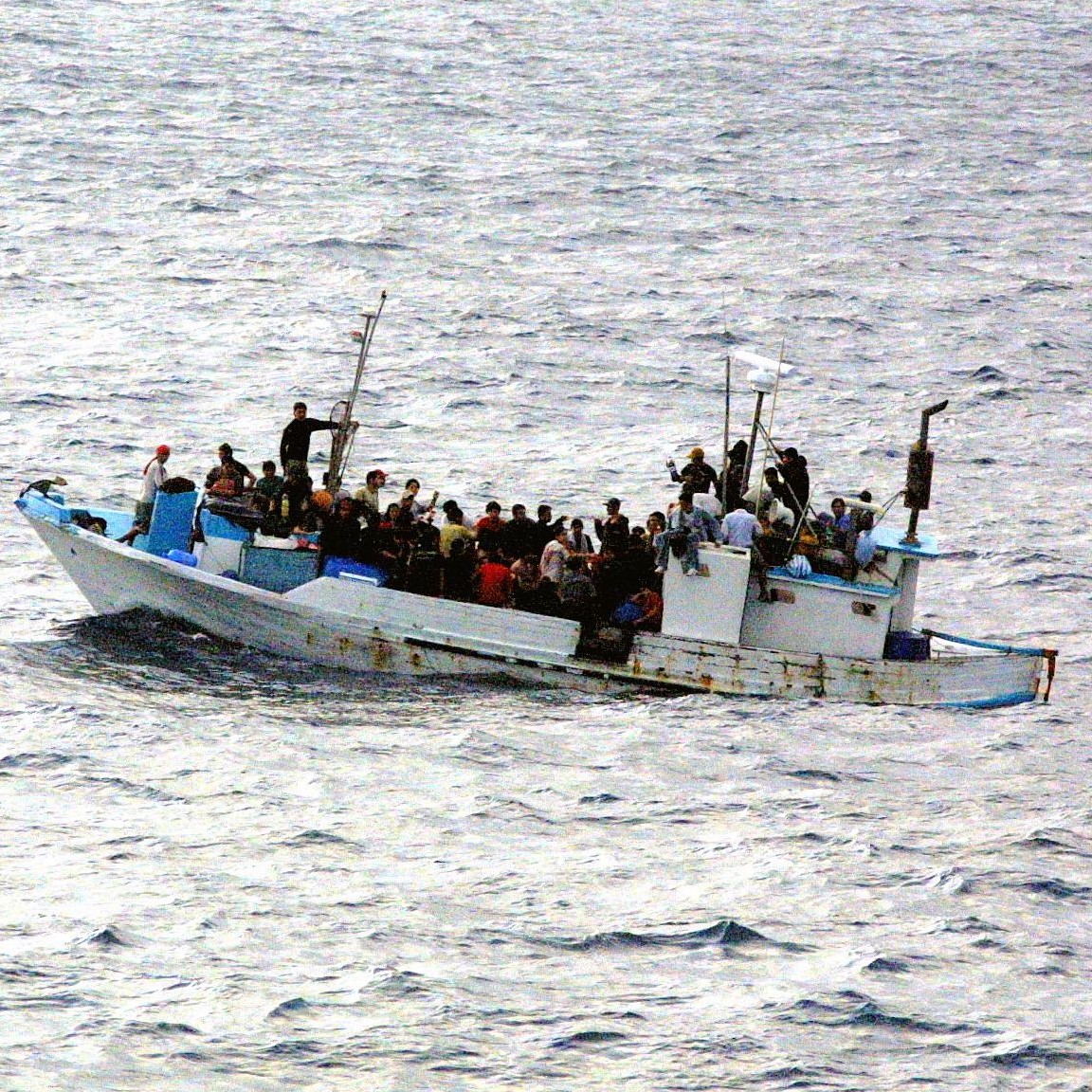How I stopped worrying about asylum seekers

In a short memo, published on 22 March, the Dutch Liberal Party (VVD) expressed its view on how to handle the increasing number of asylum claims in the Netherlands, and more broadly in the EU, as well as the continuously tragic events concerning refugees that occur at the external borders of the EU. The memo and the author, Mr. Malik Azmani (a Dutch Member of Parliament), received a lot of attention in mainstream and social media.
The memo of 7 pages, which took the author a year to write, starts with an overview of the number of asylum applications that have been registered in the 28 EU Member States in the previous years. The number increased from 435.000 in 2013 to 626.000 in 2014. The memo omits to indicate that from the 435.000 asylum applications registered in 2013, 66% of the applications have been rejected (source Eurostat ). In 2014, not surprisingly, due to the situation in Syria, the number of asylum applications has increased. In the EU, 360.000 first instance decisions have been taken, 163.000 of which involved the granting of some form of protection (e.g. refugee status, subsidiary protection) (source Eurostat ).
Asylum centres outside the EU
According to the VVD, the current EU migration system is not sustainable. The system would be unable to distinguish ‘bona fide’ refugees from economic migrants or even from terrorists, who may slip through the porous borders of Europe. Moreover, that migrants drown at sea is a result of the system. Therefore, the VVD plan envisages closing the EU’s external borders and offering ‘new ways of protection’ for those in need. The preferred solution is to create safe havens outside of the EU territory, namely in the regions of origin.
The memo acknowledges the well-known fact that the vast majority of the refugees world-wide (around 90%) find protection in the regions of origin. For example, Turkey provides temporary protection to more than a million Syrian refugees. That is more than the 28 Member States together! The protection provided to Syrian refugees in Turkey is not a durable solution as Turkey still upholds the so-called geographical restriction, which limits the scope of the 1951 Refugee Convention to ‘persons who have become refugees as a result of events occurring in Europe’ (read my previous blog piece ).
Off shore processing of asylum applications
The memo is timely. In the previous weeks, there have been signals that Brussels is planning to establish migration centres outside of the EU in order to process asylum applications, this way creating safe legal channels to lodge an asylum claim. The envisaged plan of the VVD, however, goes further. In order to create safe havens, the following conditions should be respected:
- Individuals should not able to claim asylum in the EU and the external borders should be closed;
- Europe should only resettle refugees in exceptional circumstances; and
- A more coherent and integrated migration system should be established, such as a point-based system to regulate labour migration.
In a final note, the memo specifies that the essence of the international refugee protection is supposedly that only European refugees should be granted international protection in the EU. Such reasoning is extremely odd in the light of Article 3 of the Refugee Convention (the non-discrimination principle), which stipulates that ‘the Contracting States shall apply the provisions of this Convention to refugees without discrimination as to race, religion or country of origin’.
Moreover, this view is hard to compare with Protocol No.24 of the EU, which establishes the central assumption that the common level of protection of fundamental human rights and freedoms throughout the EU is of such a high level that all of its Member States should be considered as safe countries for nationals of other Member States. Applications for international protection by a national of a Member State should therefore be declared inadmissible, save for a few exceptional situations. As such, the interpretation suggested by Mr. Malik Azmani in essence would mean that the EU would have no, or no significant, responsibility to contribute towards international refugee protection.
Concluding remarks
The very essence of international refugee protection is the non-refoulement principle. States should refrain from removing a refugee, directly or indirectly, to a place where his or her life or freedom would be in danger. Hence, to give effect to the obligations resulting from the Refugee Convention, of which all EU Member States are party to, Member States are required to grant individuals seeking international protection access to the territory and access to asylum procedures.
Cheap rhetorical concepts as ‘closing’ the external borders of the EU and ‘only’ European refugees may claim international protection will not solve the issue. The current refugee flow has been characterized as the largest since the Second World War. Further strengthening of solidarity with third countries or creating safe legal routes for refugees to enter Europe is something the EU should really consider, however, it should not undermine the international obligations of Member States and the EU by simply shifting responsibility to third countries, which often already face protracted refugee situations.